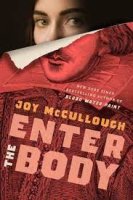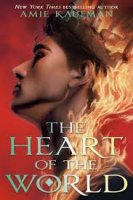In 1996, Lance Armstrong and Major Taylor were inducted into the U.S. Bicycling Hall Of Fame. Major who? Before Jackie Robinson, Joe Louis, and Jack Johnson, there was the African-American Major Taylor.
Bursting unto the cycling circuit in 1894, the explosive, sixteen-year-old black racer would become one of the first sports superstar, electrifying huge crowds and dominating the sport until his retirement in 1904. The reader learns that before the automobile and airplane in the 1890s and early part of the first decade of the twentieth century, bicycle racing was an extremely popular and a profitable national and international sport.
Yes, there was Jim Crow, segregation, and rampant racial discrimination throughout the country. In 1899, 400 black Americans were lynched. Competitors refused to race him. Major Taylor's tremendous talent overcame it all. Like a Walt Disney movie, his nemesis and great white hope on the track was the formidable and ruthless Floyd McFarland known as the "human engine". Their rivalry spanned the world culminating in a classic showdown down under in Australia in 1904. In front of 20,000 spectators, Taylor was made to crash and was injured. Would he have to forfeit the later championship race? No! He rose from his hospitable bed traveled the 500 miles to the track. Readers in New York, Paris, and London awoke to the news of his midnight ride. As McFarland stated, ' "It's almost impossible...All the skin is off his thigh and he can't sit on his saddle. He may come...but what is the use?" '
When Taylor mounted his bike weak and bleeding, the stands were packed and the crowd roared. With only a hundred yards to go, McFarland remained ahead. But then, to the crowd's disbelief, Taylor pulled even and suddenly was a length ahead as he crossed the tape raising his arms in victory.
As a kid, I read a popular collection of stories about athletes overcoming handicaps and obstacles--Glenn Cunningham, Lou Gehrig & etc. Fortunately, history is full of dramatic and inspirational "comeback" stories and who doesn't love rooting for the underdog. There should have been a chapter on Major Taylor. (Editor's note: Now there is!) 306 pages.
Recommended by Robert L. Hicks, Librarian.






